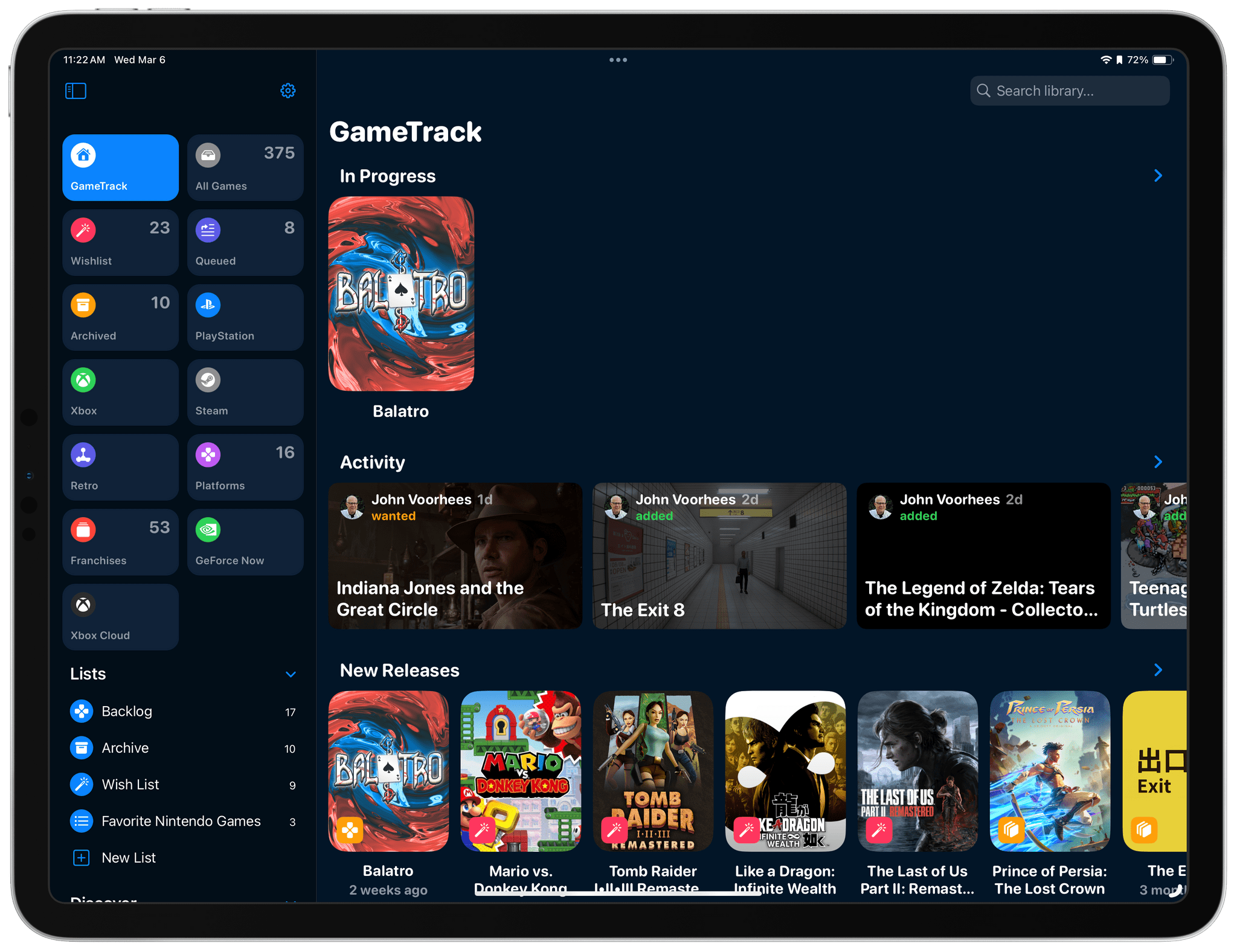Earlier this week, I linked to The Ringer’s profile of Monument Valley on its 10th anniversary, which focused on what’s become of mobile gaming since the game’s release. Today, I have another story about Monument Valley that focuses on the game’s origins and beautiful design.
Jonathan Bell’s article for Wallpaper explores the Monument Valley team’s approach and influences:
The end result had a pixel-perfect axonometric aesthetic that not only went hard on its references to Dutch master artist and printmaker Maurits Cornelis Escher, but also dug deep into classic video game design, going right back to early arcade machines and 8-bit titles. Each of the ten levels is like a piece of fine furniture, built with invisible dovetail joints and inlaid with marquetry, stuffed with secret compartments and little design flourishes. Gray cites the world of theatre and stage design, as well as graphics, as important keystones in the way the levels were constructed. ‘Ken would always talk about flower arranging, and how you frame a silhouette of a level on the screen,’ he says
I love this anecdote about the game’s last minute naming:
The small team was so laser-focused on delivering the best game they could that the name wasn’t even considered until the very end. ‘Right before launch we were going to be interviewed by Edge magazine – the morning of that day we hadn’t picked the name.’ Monument Valley was chosen as being familiar, yet unusual, implying a sense of mystery, grandeur and travel.
Monument Valley is one of the most important indie games ever published on the App Store, so it’s great to see its backstory told in detail by Bell. Be sure to check out the full story, which includes photos of early design sketches of the game’s interface and characters.








.](https://cdn.macstories.net/169639-connectix-virtual-game-station-1711386686117.png)

